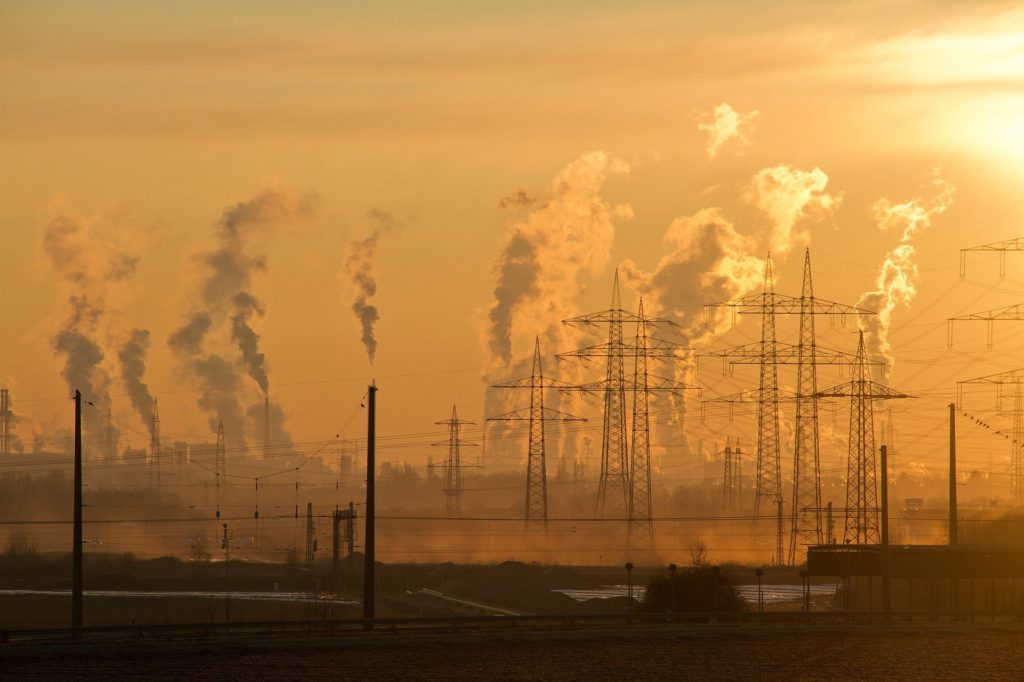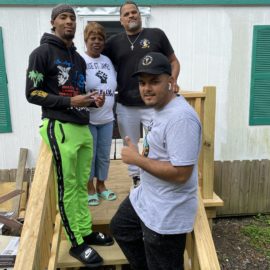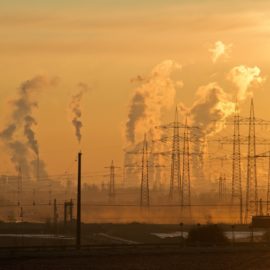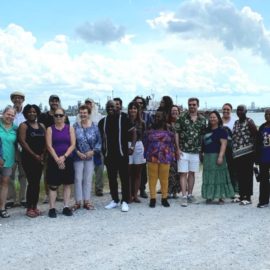
Cancer Alley has a name because of the increased cancer rates there. President Biden in a talk referred to it as Cancer Alley. Senator Cassidy, a doctor, said there were no increased rates. Recent studies by Tulane University have proved that there are increased rates. Jarvis DeBarry discusses this fact.
If you’re ever inclined to describe how healthy you are, you’d do well to remember that the world is bigger than Louisiana and that you could simultaneously be better off than the average person here and worse than the average person in the U.S. Consider the debate about whether the communities along the Mississippi River between New Orleans and Baton Rouge should be called “Cancer Alley,” that is, whether they have elevated rates of cancer and have them because of the concentration of petrochemical plants. The people who object to the characterization aren’t saying there’s not a lot of cancer there; just no more than the typical Louisiana amount. As if that’s comforting. In February, after President Joe Biden referred to “Cancer Alley,” U.S. Sen. Bill Cassidy, R-Baton Rouge, a physician, cited statistics that say that part of Louisiana is no more cancer-stricken than the rest of the state, and he called the president’s remark “a slam on the state.”
nola.com
A slam on the state? A state with the 6th highest incidence of cancer in the country? Come now.
Therefore, even if folks in places like St. John the Baptist and St. James Parishes couldn’t show that the cancer deaths in their communities are Louisiana high, they’d still be U.S. high. That said, the Tulane Environmental Law Clinic, after conducting what its authors call “the first statewide assessment of the relationship between cancer incidence rates and toxic air pollution in Louisiana,” released a report late last month that suggests the “Cancer Alley” label is justified. Authors Kimberly A. Terrell and Gianna St. Julien say there is a connection between industrial pollution and cancer when poverty is also taken into account. “We found that higher levels of toxic air pollution were linked to higher cancer rates among Louisiana’s most impoverished communities,” they write. “Additionally, we found that predominantly Black, impoverished communities generally had higher cancer rates than predominantly White, impoverished communities. Collectively, our findings illustrate that race, poverty, and toxic air pollution interact in complex ways to affect health outcomes in Louisiana.”
Cassidy used facts from the Louisiana Tumor Registry, an organization that the Tulane Environmental Law Clinic were not impressed with.
In arguing against the existence of a “Cancer Alley,” Cassidy had pulled statistics from the Louisiana Tumor Registry, a project of the state Office of Public Health, but the law clinic’s report says that registry “lacks any measure of pollution exposure in its analyses.” They also say the Department of Environmental Quality’s use of the registry to dismiss a connection between the petrochemical plants and cancer is “scientifically flawed.” This sentence from the report’s authors is noteworthy: “These findings are consistent with the firsthand experiences of Black residents from impoverished, industrialized neighborhoods who have long maintained that their communities are overburdened with cancer from toxic pollution.” In the vernacular: Poor Black folks been saying this!
In part, the problem is also due from unequal medical care.
Robert Taylor, 80, says he’s known some employees at Marathon who’ve contracted cancer, but he said those employees get better medical care than the poor people who live in the areas surrounding the plant. Terrell and St. Julien write, “There are multiple ways in which poverty could increase health risks from toxic air pollution, for example, by reducing access to preventative medical care, or by increasing pollution exposure for people who live in older/rundown buildings, where air pollution may enter through gaps in walls or windows.” Taylor believes his wife developed cancer and he didn’t because she was a homemaker in Reserve and he spent his entire career leaving at 5:30 a.m. to work construction jobs more than 20 miles outside St. John. She inhaled St. John’s air 12 more hours a day than he did.
Cassidy did not respond to a request for comment about the response by the law clinic.
After his February comments, Sharon Lavigne, who’s been fighting to keep Formosa Plastics out of St. James, said, “We are not lying! This is fact. People are dying because of the pollution.” Some may be tempted to say that the law clinic established the link between pollution and cancer in “Cancer Alley,” but that link had long been established by people who live there. We’ve never needed a registry, a senator beholden to industry or even a law clinic report to tell us what it’s like in “Cancer Alley.” The people who live there are the most authoritative source.
Cancer Alley is Cancer Alley but to those affected by this disease the name does not matter.



